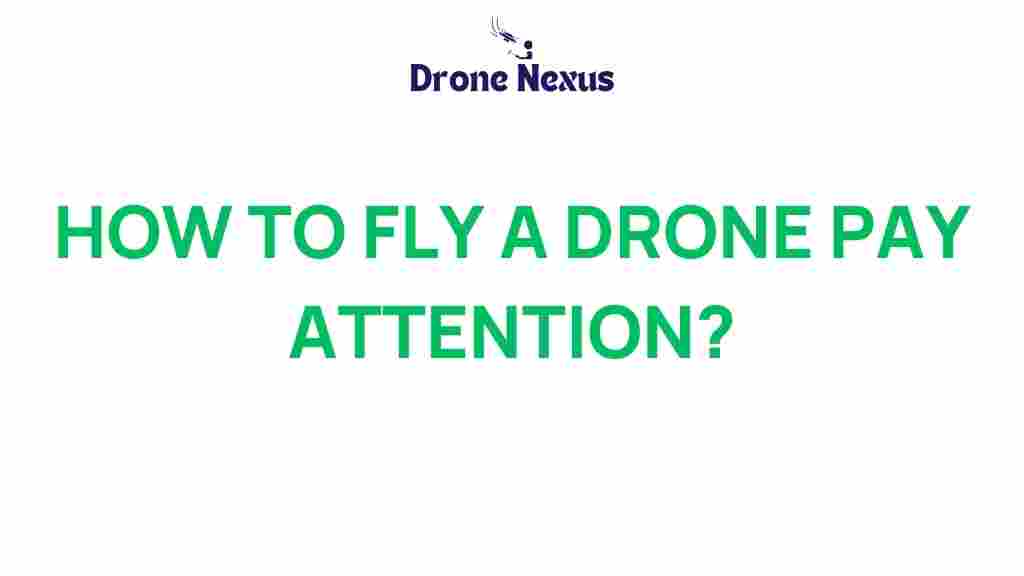Drone Flight: Your Guide to Mastering the Skies
As technology continues to advance, the world of drone flight is becoming more accessible to everyone. Whether you’re interested in aerial photography, racing, or simply exploring the skies, mastering drone flight can be a rewarding experience. This comprehensive guide will provide essential tips for beginners to help you navigate the exciting world of drones safely and effectively.
Understanding Your Drone
Before you take to the skies, it’s vital to understand the different components of your drone. Familiarity with your equipment will enhance your drone flight experience.
- Frame: The structure that holds all the drone components together.
- Motors: Responsible for propelling the drone into the air.
- Propellers: Work with the motors to create lift.
- Battery: Powers the drone and determines flight time.
- Controller: The device used to pilot the drone.
- Camera (if applicable): For capturing images or videos during your flight.
Choosing the Right Drone
When starting out, selecting the right drone for beginners is crucial. Here are some tips:
- Consider the Purpose: Identify whether you want to fly for fun, photography, or racing.
- Flight Time: Look for drones with longer battery life.
- Ease of Use: Opt for user-friendly models with beginner modes.
- Durability: Choose a drone that can withstand minor crashes.
Preparing for Your First Flight
Now that you have your drone, it’s time to prepare for your first flight. Follow these steps to ensure a smooth launch:
- Read the Manual: Familiarize yourself with the user manual to understand how your specific drone operates.
- Charge the Battery: Ensure your drone and remote control are fully charged before flight.
- Check Local Regulations: Research local laws regarding drone flight to ensure compliance.
- Select an Open Area: Choose a spacious and unobstructed location for your first flight.
Mastering Basic Flight Controls
Understanding drone controls is essential for beginners. Here’s a breakdown of basic commands:
- Throttle: Controls the altitude of the drone. Push forward to ascend and pull back to descend.
- Yaw: Rotates the drone left or right.
- Pitch: Tilts the drone forward or backward to move in those directions.
- Roll: Tilts the drone to the left or right.
Practicing Your Skills
Practice is key to mastering drone flight. Here are some exercises to improve your skills:
- Hovering: Practice maintaining a steady altitude.
- Figure-Eight Patterns: Fly in a figure-eight pattern to improve control.
- Landing: Work on smooth landings by lowering altitude gradually.
Utilizing Flight Simulators
If you want to enhance your skills without risking damage to your drone, consider using a flight simulator. These programs provide a realistic flying experience and help you practice maneuvers in a safe environment. Some recommended simulators include:
Common Troubleshooting Tips
Even experienced pilots encounter issues. Here are some common problems and solutions:
- Drone Won’t Take Off: Check battery levels and ensure propellers are securely attached.
- Unstable Flight: Calibrate the drone before flight and ensure the surface is level.
- Loss of Signal: Fly your drone within the recommended range and avoid flying near large metal structures.
Safety Tips for Drone Flight
Safety should always be your top priority when flying. Follow these guidelines:
- Stay Below 400 Feet: This is the maximum altitude recommended for drone flight.
- Keep Visual Line of Sight: Always keep your drone within your line of sight.
- Avoid Flying Near Airports: Respect no-fly zones and airspace regulations.
- Check Weather Conditions: Avoid flying in high winds or adverse weather.
Engaging with the Drone Community
Joining a community of drone enthusiasts can enhance your learning experience. Consider participating in forums, local clubs, or online groups where you can share tips, experiences, and advice. Platforms like Drone Pilot offer great resources for beginners.
Expanding Your Skills and Knowledge
Once you’ve mastered the basics of drone flight, consider expanding your skills:
- Aerial Photography: Learn how to capture stunning images and videos from the sky.
- Drone Racing: Explore the competitive side of drone flying.
- FPV Flying: Experience first-person view flying for a thrilling experience.
Conclusion
Mastering drone flight requires practice, patience, and a willingness to learn. By understanding your equipment, practicing your skills, and following safety guidelines, you can enjoy countless hours of flying and exploration. Stay engaged with the community, keep expanding your knowledge, and remember that every flight is an opportunity to improve. Happy flying!
This article is in the category Technology and created by DroneNexus Team
